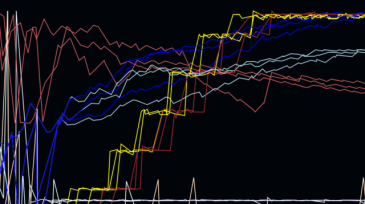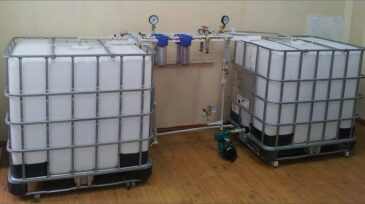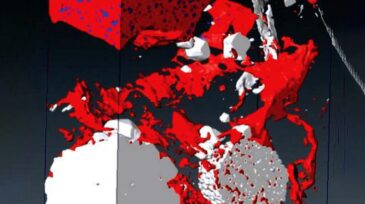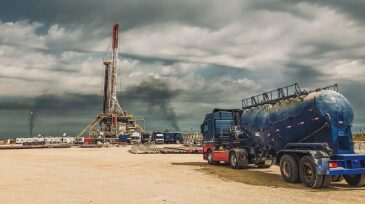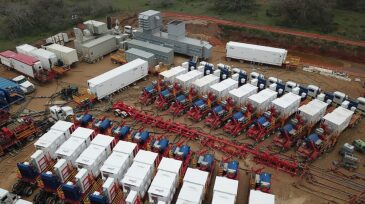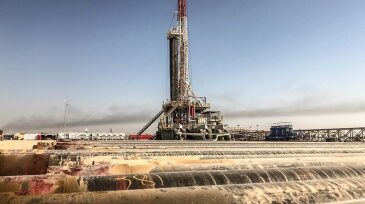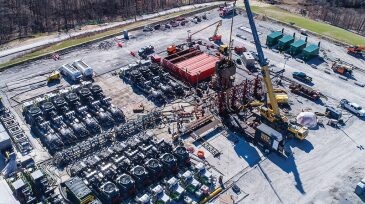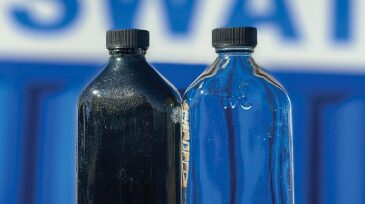Hydraulic Fracturing Content Feed
-
The new software enables high-resolution, real-time fracture-stage data to be shown on top of multiple previous stages to visualize optimized performance or to be tracked against an ideal preset stage.
-
In the complete paper, the authors derive a novel analytical solution to model the temperature signal associated with the shut-in during flowback and production periods.
-
A new real-time-visualization (RTV) technology combined with high-resolution pressure reading and acoustic sensors is being used to overcome operational difficulties and to optimize stimulation efforts by reducing uncertainty.
-
This paper describes a smart-tracer-portfolio testing and design solution for multistage hydraulic fracturing that will, write the authors, enable operators to reduce operating cost significantly and optimize production in shale wells.
-
The complete paper demonstrates the benefits of honoring data measurements from a multitude of potential sources to help engineers do a better job of including more diagnostics into routine operations to provide additional insight and result in improved models and completion designs.
-
As operators feel the pinch of low oil prices, so, too, do their service providers.
-
Though they have been a niche ever since their introduction to the market a few years ago, e-fleets are proving to be some of the most downturn-proof assets in the shale sector.
-
The cementing services market size in the US is expected to drop 50% year-on-year from 2019. The significant drop in Permian Basin activity will account for 40% of the total market size reduction.
-
Faster drilling speeds have become one of the major obsessions of the shale sector in recent years. But since completions represent up to 70% of a new well’s cost, maybe this side of the business needs more attention now.
-
The room for error and cost overruns just got a lot smaller with the escalating need to make operations more efficient and leaner with fewer resources and investors continuing to prioritize ESG alongside profitability.

